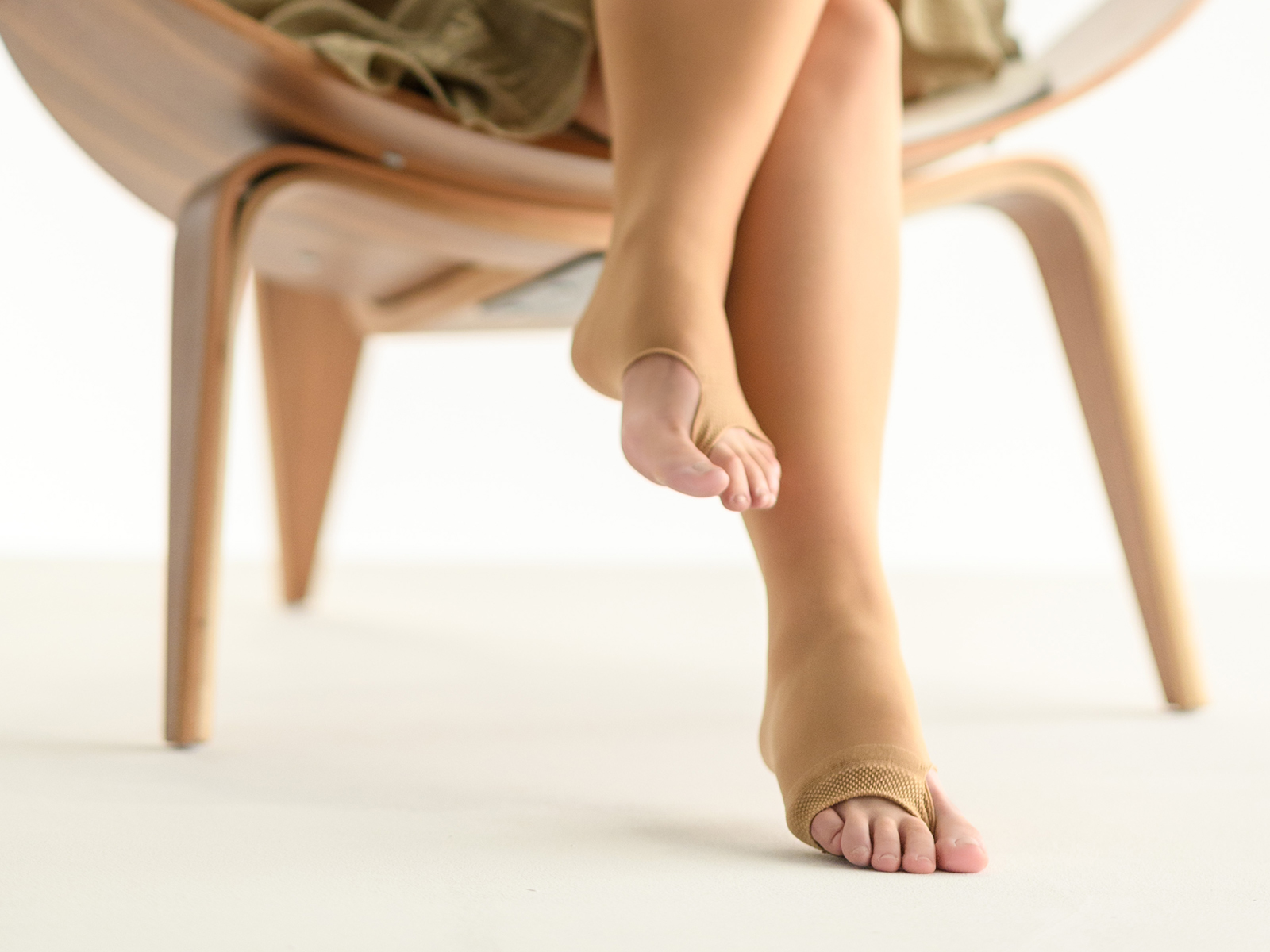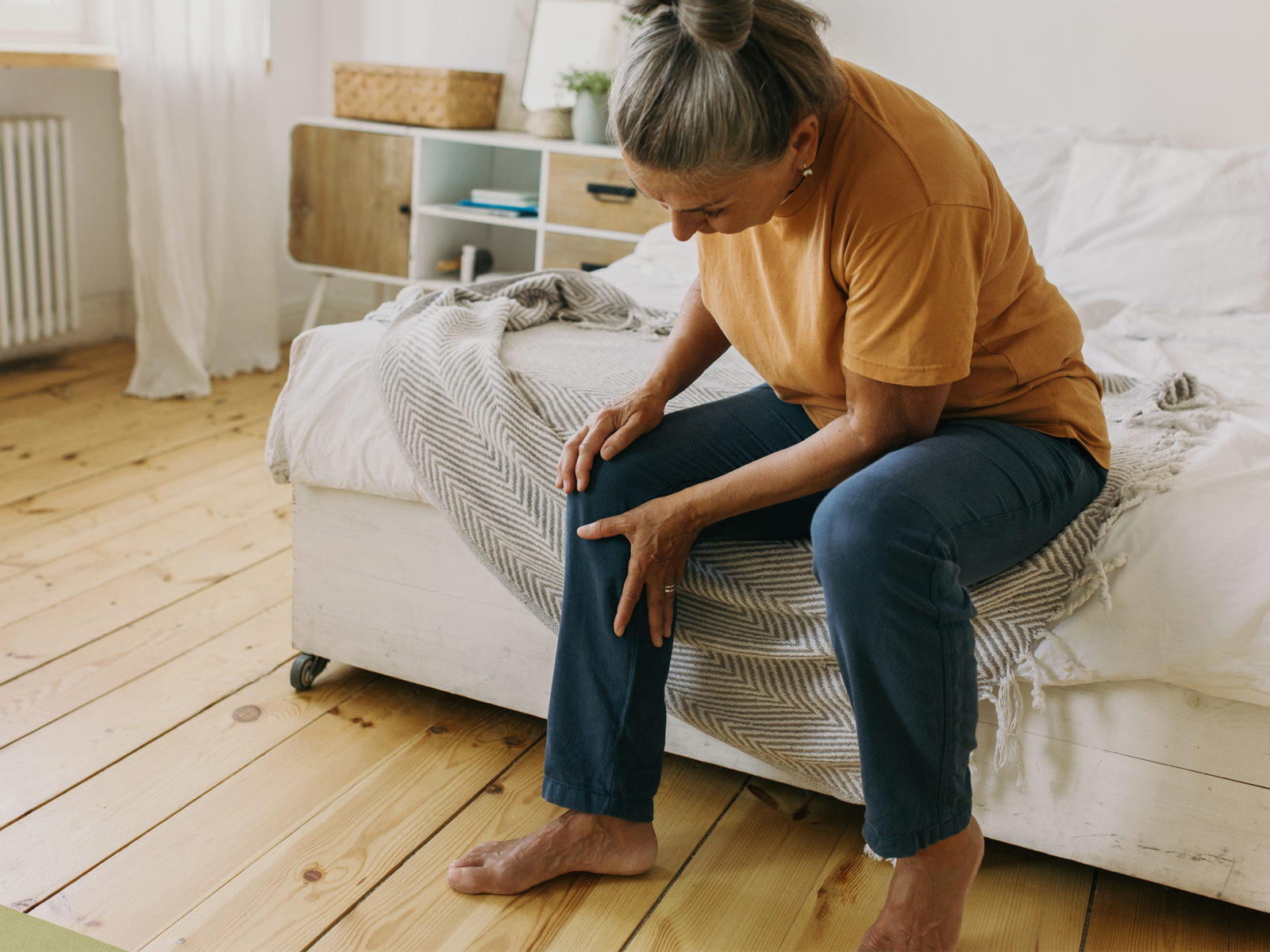Hard to diagnose and often with sneaky and annoying appearance, Restless Legs Syndrome is a neurological pathology that usually affects the lower limbs. Also known as Ekbon syndrome, people with Restless Legs Syndrome feel relief only when they move their legs or walk, especially when resting.
Restless leg syndrome is part of sleep disorders, as those affected by it struggle to rest their lower limbs and fall asleep relaxing their legs completely. As for the nature of this syndrome, it may be due to a patient's condition, taking certain medications, genetics, pregnancy status, and more. This varies according to the patient and their physical condition, with aggravation of symptoms with advancing age.
But how do you diagnose the restless leg? Can you find relief from this form of leg craving? Are there any tests that can diagnose it? Let's find out in this new Solidea.com article.
Restless leg syndrome, as manifested
Restless legs syndrome, which is abbreviated as RLS, is completely classified as a neurological sleep disorder. Those who are afflicted with it, experience an irrepressible craving in the legs, that is, an unconscious desire to move them to feel immediate relief.
In many cases, this syndrome is inherited by nature. But, in others, it is the result of previous pathologies, taking certain drugs or being pregnant. The patient with RLS feels continuous tightness in the legs, itching or tingling sensation. The only way you're trying to find relief is by moving your limbs.
To date, there is no way to accurately diagnose Restless Legs Syndrome. The doctor, in fact, will know that he is facing this pathology by analyzing the symptoms that will be declared by the patient. The symptoms, analyzed and recognized by the doctor, are those established by the standards of the National Institutes of Health.
As a neurological syndrome, the way it occurs to the patient is unannounced, sometimes even subtly.
Among the most common symptoms, we can briefly mention:
- Impaired sensation in the lower limbs;
- Involuntary leg spasms, which may also involve the upper limbs;
- Instinctive desire to want to walk, shake the legs or otherwise move in search of immediate relief.
Restless legs, causes and classification
Having well understood the extent of the restless leg syndrome, we proceed to understand the two types in which this disease is classified.
- Primitive: inherited in nature, the symptoms are subtle and not immediately recognizable. The presence of RLS can be evident even months or years after its inception. With advancing age, the disease becomes increasingly evident;
- Secondary: of sudden onset and with an incidence that mainly involves patients aged 40 years and above, is the categorization strictly associated with pathologies or pharmacological treatments. An example of diseases that can trigger it are Parkinson's disease, diabetes mellitus, celiac disease, thyroid disease, venous insufficiency, etc.
Also the lack of substances in the body, such as iron, the intake of antidepressants, antihistamines, beta-blockers and more can lead to accuse this disease. In case of pregnancy, women with Restless Legs Syndrome are approximately 25% to 40% of the total, with symptoms tending to regress in the months following delivery.
Restless leg syndrome, such as medical devices
For restless leg syndrome, after careful consultation with your doctor, it is possible to adopt graduated compression socks, in order to stimulate venous and lymphatic circulation. In particular, in the Solidea.com catalogue there are Night wellness 70 preventive compression stockings.
With a graduated compression of 12/15 mmHg and soft and elastic Italian fabrics, this new model is highly suitable for night rest. These special graduated compression overnight socks will stimulate the limb at rest, with a thermoactive action, aimed at warming the muscles thanks to the natural thermal energy of your body.
Designed specifically for sleep, they are a valuable support for restless leg syndrome.
Discover all the models in the catalogue on the Solidea.com website and, after consulting your doctor, choose the graduated compression product that best suits your needs.







